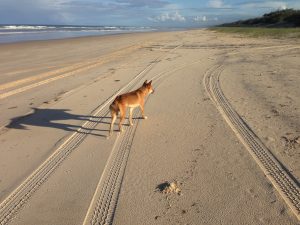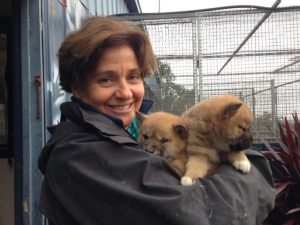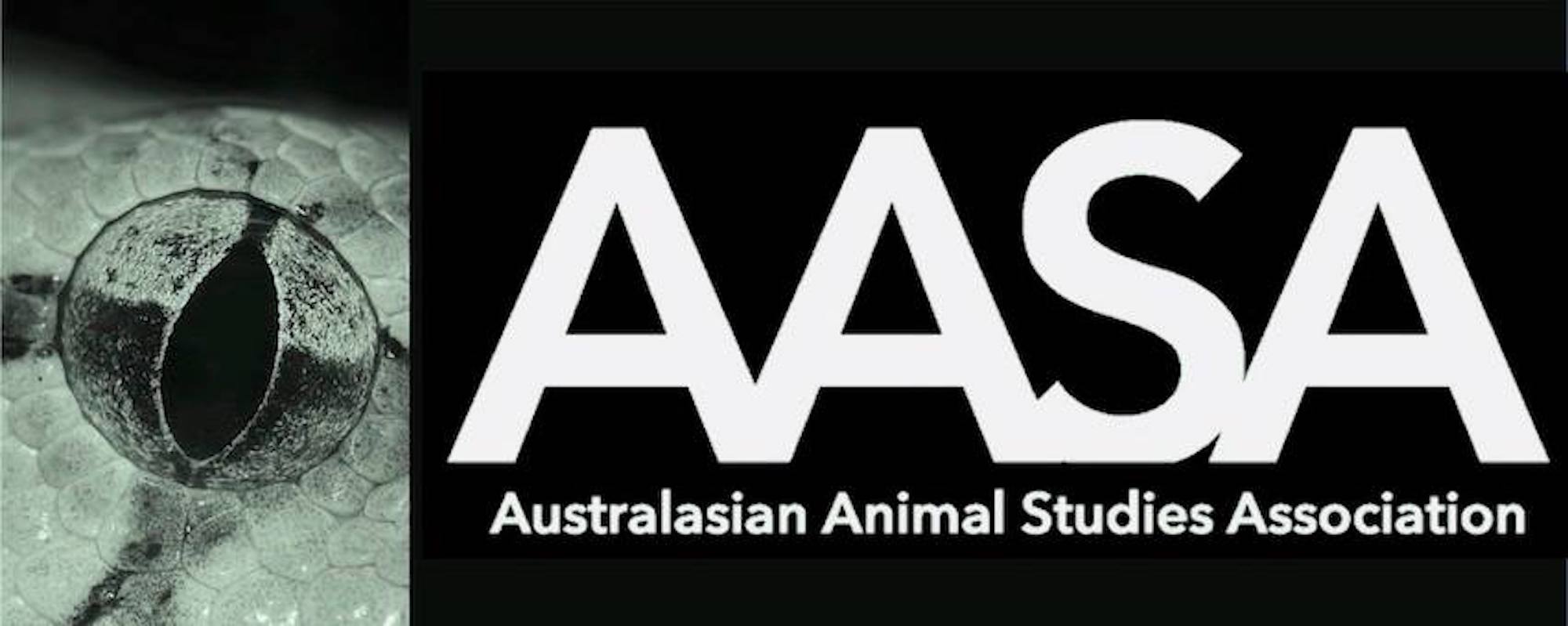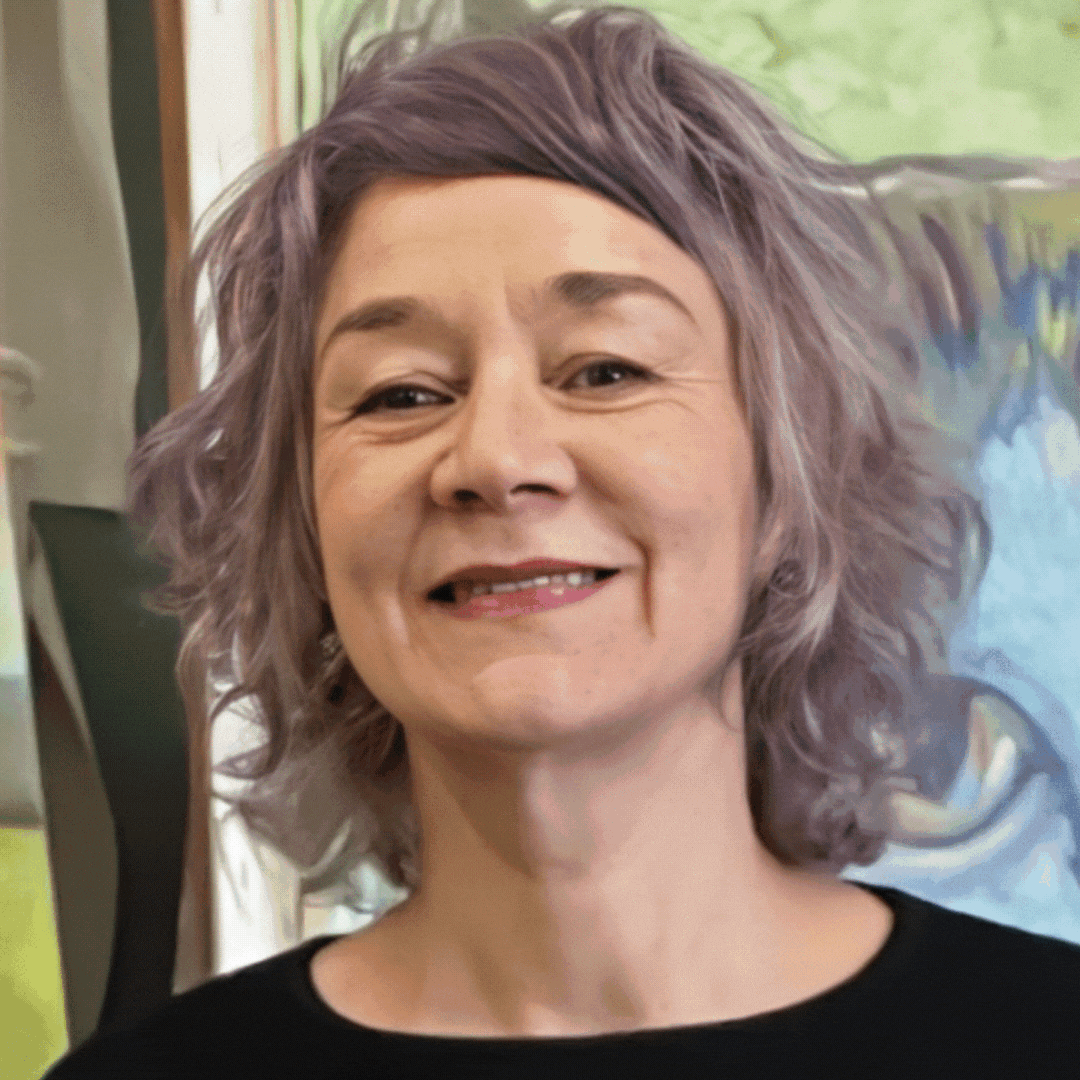On 21 June 2016 brief news reports appeared online stating that six dingoes had been found dead at Orchid Beach on Fraser Island (K’gari). All the reports (ABC, The Courier-Mail, Yahoo!7News and Sky News) noted that one dingo’s body was found in a shallow grave. Queensland Parks and Wildlife Service (QPWS), who manage most of Fraser Island, suspected that the dingoes had been illegally baited.
Environment Minister Steven Miles proclaimed, ‘Dingoes are as much a part of Fraser Island as the world renowned sand dunes and crystal clear blue lakes.
‘Dingoes are protected in Queensland’s protected areas under state law and deliberate harming will not be tolerated. I say to the person or people responsible that Police, the Environment Department and National Parks are all investigating and will pursue them to the maximum extent possible under the law.’
The reports noted that the maximum penalty for killing a dingo on a protected area is currently $353,400 or two years jail but in this case other penalties could apply (Smail 2016).
On 22 June Minister Miles confirmed the dingoes had been baited with a poison, ‘like 1080’. Malcolm Kilpatrick from Save Fraser Island Dingoes (SFID) said that SFID had suspected for some time that dingoes on the island were being baited but they did not have evidence ‘as bad as what this is’.
In the same report wildlife ecologist Ben Allen seemed not entirely convinced ‘that’s what’s happened’ before he equated feeding dingoes with killing them: ‘On one extreme you have people getting in trouble for feeding them and trying to take it into their own hands … and at the other extreme, you’ve got people trying to kill dingoes.’
‘Both of them are as bad as each other,’ he said (Bartholomew and Gaffney 2016).
I am puzzled by what piece of information Ben Allen hasn’t been given that makes him doubt that these dingoes have been deliberately poisoned. I am surprised that he uses the words ‘trying to kill dingoes’ (my emphasis) because it is clear that who ever tried to kill those dingoes has succeeded. Like many people, I do not think that feeding an animal is the same as killing it. Why does Ben Allen say that it is?
Ben Allen can conflate the illegal poisoning of dingoes with feeding dingoes because he is an adherent of the premise that Fraser Island dingoes who have been fed lose their allegedly innate fear of humans and are more likely to attack; they are more likely to become the animals whom QPWS considers dangerous and whom QPWS staff routinely kill to ensure that, according to this logic, humans are safe. The idea that a fed dingo is a dangerous dingo is one of the foundations of QPWS’s Fraser Island Dingo Management Strategy (FIDMS). The rhetoric of this dingo management strategy goes one step further than not distinguishing between a person who feeds a dingo and a person who kills a dingo: it lays the responsibility for the dingo’s death on the person/s who fed it. The person/s and organisation/s who actually kill the dingo are absolved.

Dingoes across Australia are trapped and left to die, or trapped and shot, or baited with poisons such as strychnine, 1080 (sodium fluoroacetate) or the newly available PAPP (4-aminopropiophenone). In most of Queensland, outside of national parks, dingoes are declared Class 2 pest species under the Land Protection (Pest and Stock Route Management) Act 2002 and land managers are obliged to ‘control’ or kill them. Local councils offer bounties for their scalps. Even in national parks where they are meant to be protected under the Nature Conservation Act 1992 (s17 and 62), dingoes are killed with baits and by other means. As in Queensland, in New South Wales and Victoria dingoes, who are also known as wild dogs, are killed on agricultural land and in national parks.
Ben Allen is a proponent of lethal control of dingoes. In 2015 he and several co-authors published a paper arguing that QPWS’s regular, legal, killing of dingoes on Fraser Island has no effects on the sustainability of the dingo population on the island (Allen, B et al. 2015). In his work he downplays the effects of dingo killing. He has published papers that argue that dingo killing does not hurt native wildlife, and that lethal control does not affect dingo home range size or location.
Other biologists and ecologists argue that dingoes in their role as apex predators perform important functions in maintaining biodiversity in Australia’s ecosystems (Johnson et al. 2007; Letnic et al. 2011). One study advocates the restoration of dingoes on cattle enterprises because dingoes help improve biomass for grazing stock by predating on native herbivores (Prowse et al. 2015). In 2015 zoologist Lee Allen, Ben Allen’s father, published an article that found that baiting changed the age structure and group size of dingo and wild dog populations making them less efficient at hunting difficult-to-catch native prey and more prone to predating on calves (Allen, L 2015).
Compassionate conservationists are mindful of apex predators’ role in conserving biodiversity but take their arguments beyond the usual instrumental level. As Wallach et al. put it: ‘Humanity has a moral obligation to help restore threatened populations, but harming sentient beings is a serious matter that cannot be justified solely on the basis of noble aims.’ They argue, ‘Killing for conservation often proves to be unjustified because although the costs to those individuals killed are certain, the benefits to populations and ecosystems are not’ (Wallach et al. 2015, p 1). Compassionate conservationists adopt the principle: first do no harm.
Against this literature Ben Allen maintains that not all claims made about the ecological roles of top predators can be substantiated by current evidence and that presently there is unreliable and inconclusive evidence for dingoes’ role as a biodiversity regulator. He strongly cautions against positive management of dingoes –positive management means not killing them (Allen, B et al. 2013). Ben Allen’s contribution to this research was supported by the Invasive Animals Cooperative Research Centre, an organisation – funded by the Australian government’s Department of Industry and Science – which was set up to kill invasive animals.
Between 2001 and 2013 QPWS staff killed an average of nine dingoes a year on Fraser Island (Allen, B et al. 2015) with firearms or by trapping and sedating them before they administered a barbiturate overdose by injection to the heart (Ecosure 2012, p 81). Ben Allen was a co-author of the 2012 review of the Fraser Island dingo management strategy that found that the objectives and strategies of the current FIDMS were ‘largely appropriate’ and ‘decision-making, methods of euthanasia and staff training are appropriate’ (Ecosure 2012, p 3).
The killing of six dingoes on K’gari is a terrible act. Yet these killings draw attention to the widespread and perfectly legal mass killings of dingoes across the continent. In the name of agriculture, conservation and human safety, Australian laws and government policies enable this killing and encourage many people to regard dingoes as vermin. Researchers Arian Wallach and Adam O’Neill maintain that very few populations of dingoes in Australia have not been disrupted by human predation. Australia’s apex predator has no safe place.
 Rowena Lennox is writing about dingoes and people as part of a doctorate of creative arts at the University of Technology Sydney. Her essays, fiction, memoir, poems, short articles and an interview with historian Bill Gammage have appeared in Hecate, Kill Your Darlings, Meanjin, New Statesman and Society, Seizure, Social Alternatives, Southerly, Sydney Morning Herald, Transnational Literature and Writers in Conversation. Her book Fighting Spirit of East Timor: the Life of Martinho da Costa Lopes (Pluto Press: Sydney, and Zed Books: London, 2000) won a NSW Premier’s History Award in 2001.
Rowena Lennox is writing about dingoes and people as part of a doctorate of creative arts at the University of Technology Sydney. Her essays, fiction, memoir, poems, short articles and an interview with historian Bill Gammage have appeared in Hecate, Kill Your Darlings, Meanjin, New Statesman and Society, Seizure, Social Alternatives, Southerly, Sydney Morning Herald, Transnational Literature and Writers in Conversation. Her book Fighting Spirit of East Timor: the Life of Martinho da Costa Lopes (Pluto Press: Sydney, and Zed Books: London, 2000) won a NSW Premier’s History Award in 2001.
If you found this post interesting you might also be interested in this post, fromt he Animals in Society Working Group commenting on the Maranoa Council’s practice of encouraging members of the public to kill wild dogs by paying for their scalps: Officially Authorised Barbarism? Golden Dogger Awards.
References
Allen, B et al. 2013 ‘As clear as mud: a critical review of the ecological roles of Australian dingoes’, Biological conservation, 159, pp. 158–74
Allen, B et al. 2015 ‘Balancing dingo conservation with human safety on Fraser Island: the numerical and demographic effects of humane destruction of dingoes’ Australasian Journal of Environmental Management, 22, pp. 197–215
Allen, L 2015 ‘Demographic and functional responses of wild dogs to poison baiting’, Ecological Management and Restoration, 16 (1): 58–66
Bartholomew, K and Gaffney, A 2016 ‘Fraser Island dingo deaths confirm baiting suspicion says animal protection group’, ABC News, 22 June, http://mobile.abc.net.au/news/2016-06-22/fraser-island-dingo-deaths-confirms-baiting-suspicion-says-group/7533714. Accessed 23 June 2016.
Ecosure 2012 Fraser Island Dingo Management Strategy Review, report to Department of Environment and Heritage Protection, Ecosure Pty Ltd, West Burleigh
Johnson et al. 2007 ‘Rarity of a top predator triggers continent-wide collapse of mammal prey: dingoes and marsupials in Australia’, Proc. R. Soc. B, 274, pp. 341–6
Letnic et al. 2011 ‘Top predators as biodiversity regulators: the dingo Canis lupus dingo as a case study’, Biological Reviews 87, pp. 390–413
Prowse et al. 2015 ‘Ecological and economic benefits to cattle rangelands of restoring an apex predator’ Journal of Applied Ecology, 52, p. 455–66
Smail, S 2016 ‘Six dingoes found dead on Fraser Island ‘likely baited’, ABC News, 21 June, http://www.abc.net.au/news/2016-06-21/six-dingoes-found-dead-on-fraser-island-‘likely-baited’/7530294. Accessed 27 June 2016.
Wallach et al. 2015 ‘Promoting predators and compassionate conservation’, Conservation Biology, 0 (0):1–4


